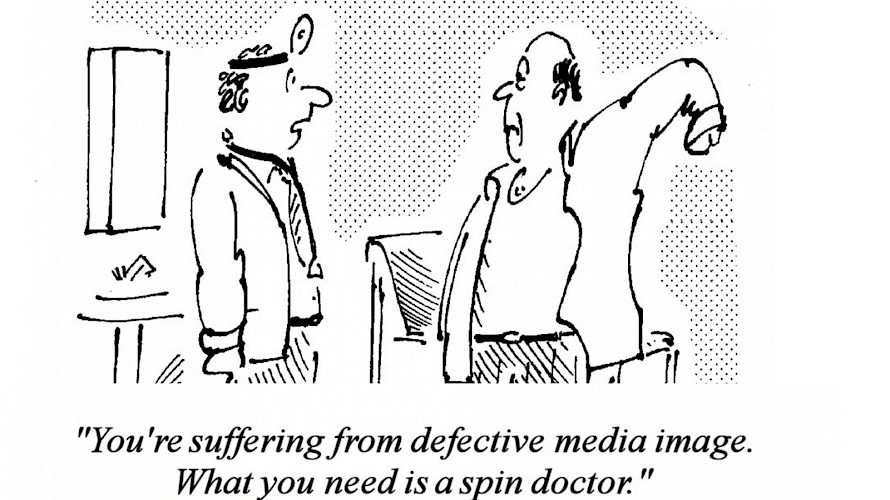
Don’t be fooled by the spin - RITA’s payout to the codes will be the lowest in a decade
Widespread jubilation about the amount of money that will be distributed to the racing codes next season is misplaced, with the total amount down 8 percent.
The announcement by the Racing Industry Transition Agency yesterday that it would give the codes $139.6 million came with the misleading statement that it was the same level as that budgeted for this season before the impact of COVID-19.
But the reality is that this will be the lowest payout for the last nine years.
Racing clubs were already struggling to provide sustainable prizemoney on the $151.6 million payouts in the last two seasons when the racing board topped up the amount by $12 million each year, helping to thrust it into a $45 million debt.
You have to go right back to the 2011-12 season to find a payout below $140 million, when the codes received $135.5 million.
RITA executive chair Dean McKenzie put a positive spin on the announcement yesterday saying the industry could start preparing for a new year of racing confident of positive stakes levels. More detail on RITA’s budget would be provided in a Statement of Intent to be developed after the establishment of TAB NZ on August 1, he said.
It was RITA’s very same Statement of Intent last November that reported the distribution to the codes for 2019-20 would be $151.6 million, the same as the previous year and $12 million more than McKenzie stated yesterday.
The forecast said a further $20.6 million would be distributed to racing ($17.3 million) and sport from RITA’s Class 4 gaming operation. This would cover funding for racing integrity functions as well as funding invested in racing infrastructure, youth, diversity, education and stakes through the Industry enhancement funds, and distributions to sporting clubs and groups.
One positive factor is that stakemoney will not be spread so thinly next season with the likelihood of 300 fewer gallops races and 60 fewer harness races.
McKenzie said the funding estimate was subject to confirmation of the 2020-21 dates calendar.
* The New Zealand Racing Board Performance and Efficiency Report undertaken for RITA on September, 2019 also referred to an unaudited $151.6 million distribution to the codes for 2019-20. Racing Minister Winston Peters’ Letter of Expectations to RITA included that the board would maintain the current level of funding to the codes while ensuring no further deterioration in its balance sheet. Given its net profit was $137 million and its equity position had reduced by $47.4 million over the period, the report noted significant profit improvement was required to meet the Minister’s expectations.
How next season’s payout compares
2020-21: $139.6 million
2019-20: $151.6 million
2018-19: $151.6 million
2017-18: $150.8 million
2016-17: $149.8 million
2015-16: $147 million
2014-15: $144.8 million
2013-14: $142.3 million
2012-13: $142.9 million
2011-12: $135.5 million


